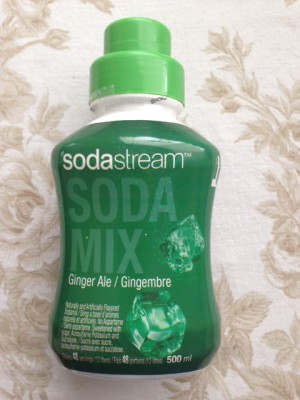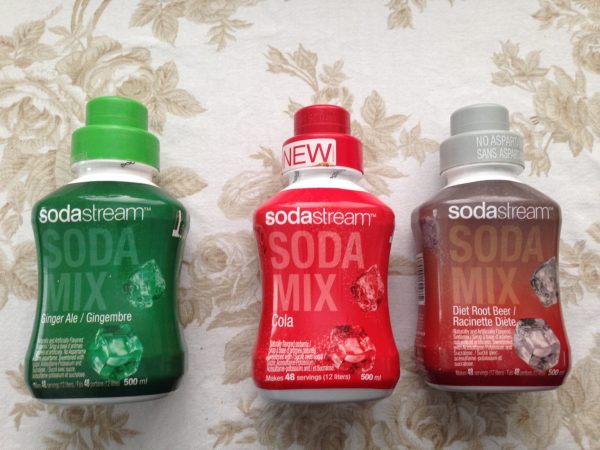Diluted value or sparkling solution?
While most of us drink tap water to stay hydrated, a friend of mine prefers carbonated spring water, to the tune of about 2 litres a day. Buying a 2L bottle of spring water every day didn’t seem too environmentally friendly when we discussed it; for someone like her, one of the recently popular SodaStream devices seemed like it might be a more green solution. But is the machine just a gimmick to appear green and is there value?
A 2 litre bottle of spring water is, on average, $1.50, making the store-bought water about $0.75 a litre. Of course, in some municipalities there are deposits that need to be paid, but that is usually refundable, when returned to a depot. This calculation assumes no deposit.
A refilled soda canister replacement through SodaStream is about $20, and purportedly makes 60 litres. This means one litre of carbonated spring water using the SodaStream is about $0.33 cents. Given the average machine is $100 and the initial deposit for the canisters is $15, by the time you’ve made 230 litres with your soda stream, you’ve paid for your machine. If you drink soda, which is more expensive, this pay-back takes less time as soda prices are much higher, whether in aluminum cans or plastic bottles. Sounds pretty good from a value perspective. Plus it removes the purchase of more aluminum – never a bad thing.
The SodaStream requires no batteries or electricity to run. The bottles of pre-packaged syrup varieties are BPA-free and it appears all of the bottle components are recyclable, outside of the sealing gaskets, which are made of silicone. Of course, this depends on your municipal recycling authority. SodaStream also sell glass carafes as an alternative to plastic on some models, which can be reused and reused. The base of the machine itself, is plastic, however, and that plastic is not recycled locally, if/when the time comes.
In addition to controversy last year surrounding the manufacturing of the SodaStream overseas, one drawback is that the canisters and bottles are proprietary equipment – so you can’t take your CO2 canister from a SodaStream to be simply refilled for $5 like you could with a regular C02 canister. Instead you have to take it to a preferred local distributor, like The Bay or London Drugs in Winnipeg, where they exchange it for you for a $20 refilled canister (and then you hope, in turn, that the used one is recycled/refilled, as advertised). To counter this, and I didn’t fully research this – I suppose you could get a C02 tank and fill it yourself – forgoing all plastic – and install a DIY-style carbonator in your home; the ROI would be much higher, I’m sure.
 While the flavour syrups certainly last longer with the SodaStream than a single-use aluminum can or bottle, they do still create plastic waste. One alternative is to make the syrups yourself or buy locally at farmers markets – Winnipeg has a few suppliers made with local ingredients.
While the flavour syrups certainly last longer with the SodaStream than a single-use aluminum can or bottle, they do still create plastic waste. One alternative is to make the syrups yourself or buy locally at farmers markets – Winnipeg has a few suppliers made with local ingredients.
For my friend, whose initial driver was cost savings (value), I’d say the SodaStream is an option; it’s convenient and she isn’t lugging 2L bottles around and then recycling a 2L plastic bottle per day. From a green perspective, I suppose it depends on your beverage habits; if you don’t drink sodas or fruit beverages, the machine probably wouldn’t appeal to you in first place, but if you are a carbonated water fan, this is clearly a better choice than plastic or aluminum.
If you own a SodaStream or enjoy carbonated water, what has been your experience?




I do make my own syrups and love them with carbonated water. I need to do more research hereinthe UK to see if it’s as economical here.
Awesome article!
Thanks for reading, glad you enjoyed it 🙂
What a great article with great observations. I would really like to learn more about a home carbonating systems – with my water habits, I’m sure the ROI would be worth it.